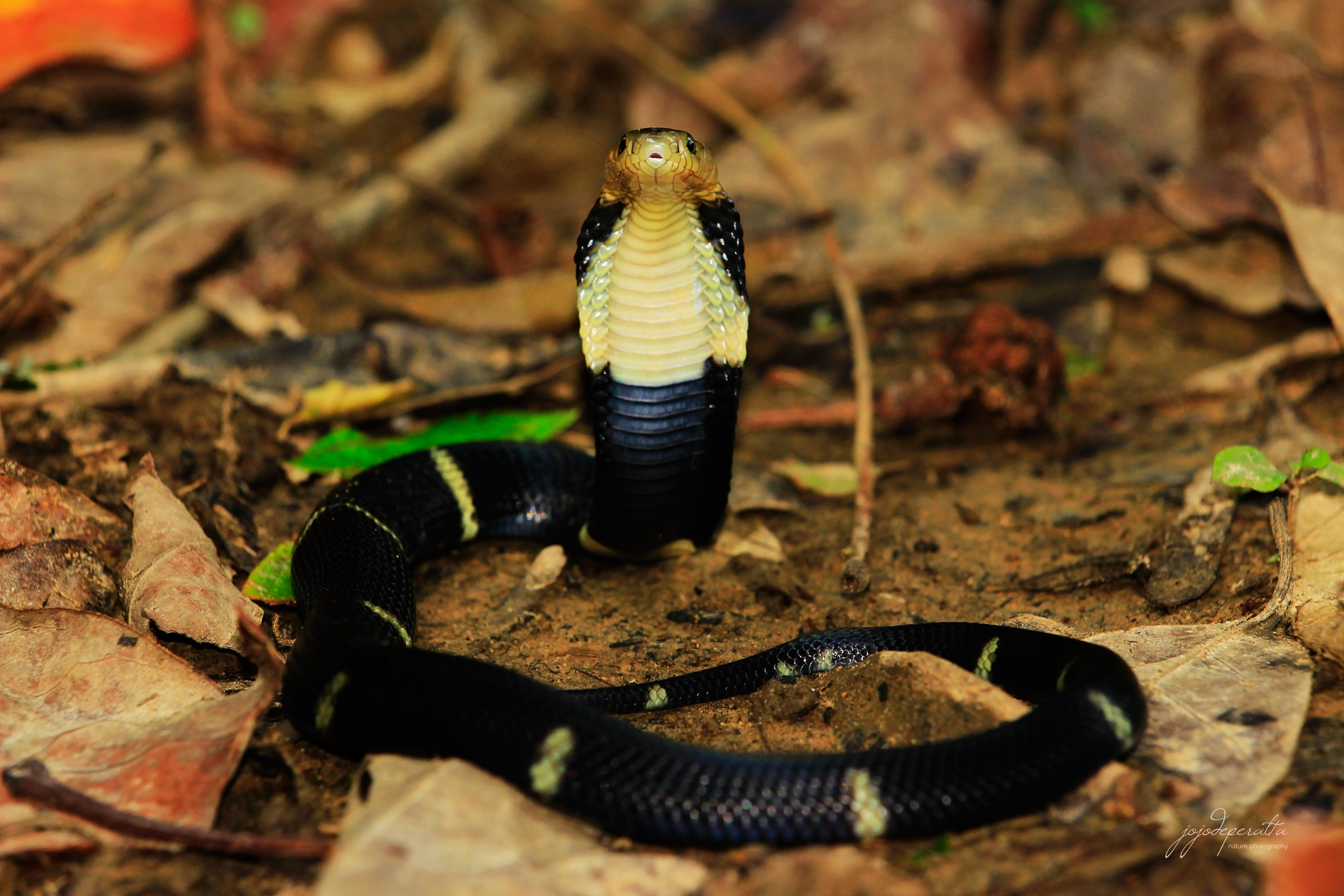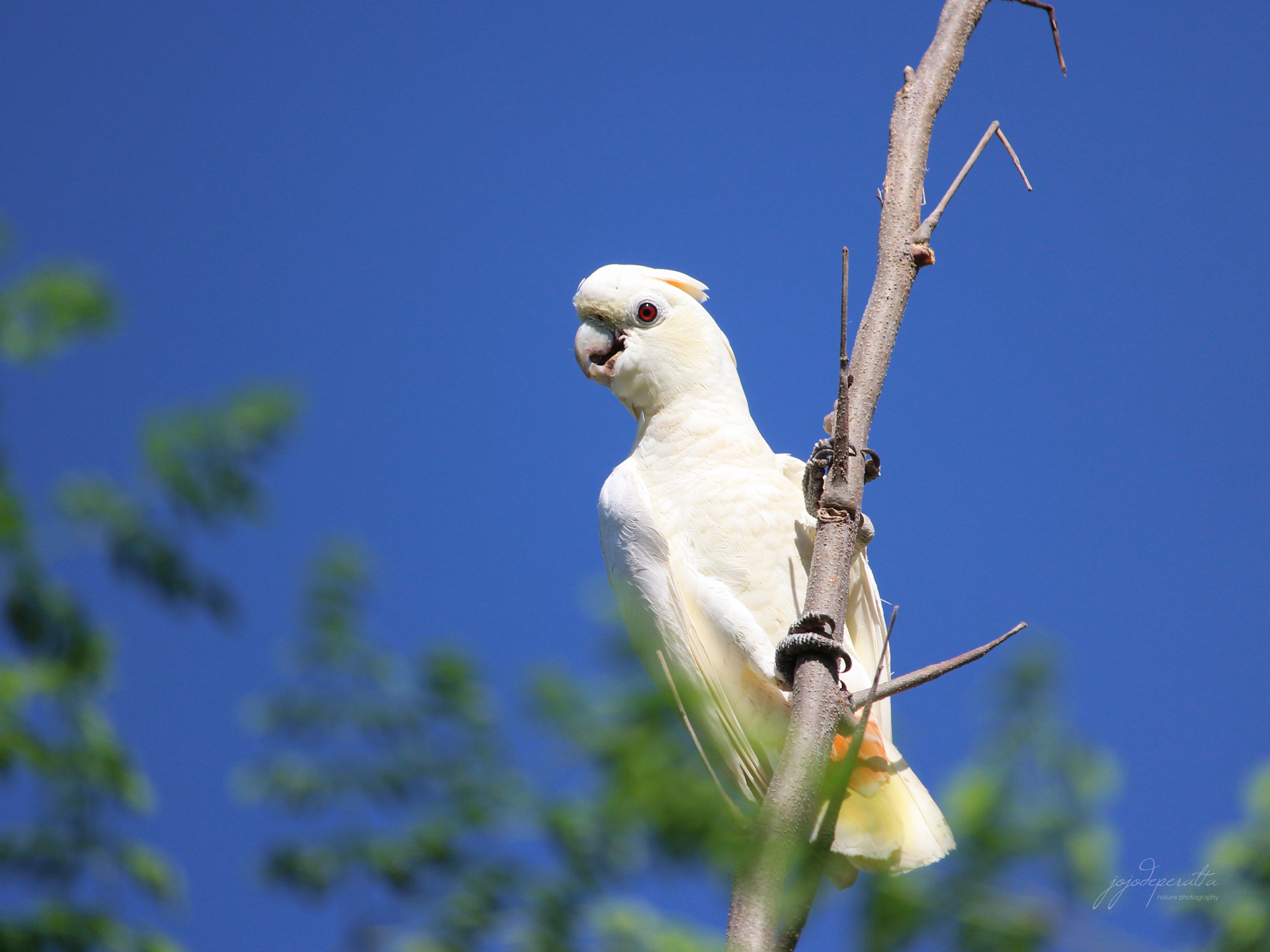Skip to main content
Common Mock Viper
Psammodynastes pulverulentus pulverulentus (Boie, 1827) or the Common Mock Viper is
another interesting species of snake that can be found in Palawan. A
mock viper is a small, terrestrial snake belonging to the Colubridae
family and is known all over Southeast Asia. It is found in a wide range
of elevations in Palawan from lowland second growth forest to mountain
slopes and ridges where it is active during night and day. It prefers the
ground rather than trees and can oftentimes be seen near streams and rivers where it
hunts for small lizards and frogs. This species is ovoviparous, the
embryos develop inside the eggs which remain inside the mother where
they hatch.
 |
| Common Mock Viper |
The
mock viper got its common name from morphologically similar Malayan pit vipers, a member of the Viperidae renowned for their potent
venom. Protective mimicry is common among herps and there are harmless
species that have evolved to fool predators by mimicking inedible,
poisonous or venomous species. The Common Mock Viper has the triangular
head and cryptic color pattern similar to Malayan Pit Viper and when
threatened, this species either attempt to flee or will become immobile
and will adapt a pit viper like defensive coils. Mock vipers are only
mildly venomous and are potentially harmless to humans and predators
larger than themselves. It is said that their first line of defense are camouflage and their likely physical resemblance to vipers.











